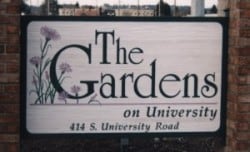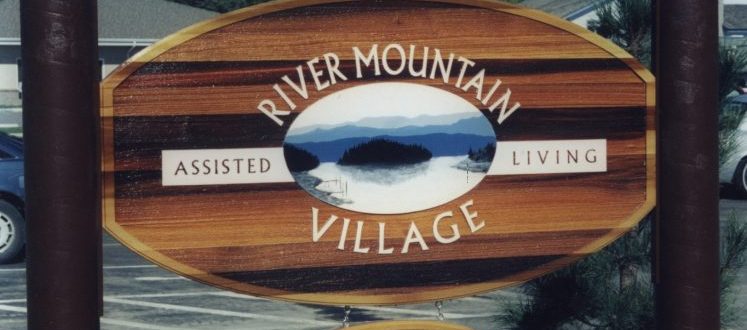Never underestimate the importance of your company’s signage. When your valued customer arrives at your business, atmosphere is extremely important. First impressions are usually the most long-lasting.
Quality wooden signs, for instance, can make all the difference, like a warm handshake and a “Welcome, Neighbor!” response that every guest would love to experience.
All successful businesses have one thing in common – they use the best tools available that help you show your clients what you are all about.
Sandblasted Carved Wood Signs, a Proven Classic
The quality of carved wood signage is indisputable. It has been documented as one of the oldest types of informative written communication, historically situated alongside writing in the sand, etchings on cave walls and ancient papyrus scrolls. Of course, not all things stay the same, and sign carving techniques have definitely improved over the years. Centuries later, they remain as popular and impressive as always.
Practical and Versatile, Creative and Attractive

With the global availability of wood and carving tools, wood signs have always done the job for relatively small expense and effort. Depending on taste preferences, one can be geometrically shaped or fancifully carved with curves and swirls. They can be sanded and lacquered or colorfully painted with artistic motifs and golden or raised letters.
The sign’s edges can be enhanced with a jigsaw drill which can easily maneuver intricate turns. Metal stands holding the sign high above your shop entrance can also be simplistic or stylistic. Although they are among the oldest types of writing known to mankind, they have the usefulness and practicality to serve their original purpose – information and advertisement.
A Deeper Message
The carved graphic display can send a message of rustic nostalgia, exclusiveness, or authenticity. There is nothing synthetic about a quality wooden signage. They are often hung at well known restaurants and at the entrance to exclusive housing projects.
Wood Sign Options
Three options exist. The first is the traditionally preferred, but very expensive Redwood, which is a scarcer and somewhat endangered wood source, solely available in Northwestern California.
The second is Western Red Cedar which is abundant along the entire North American continent’s west coast side, from California to Alaska, providing a reasonably attractive option for a reduced price.
The third option is a non-wood substitute called High Density Urethane or HDU. Because it is not truly wood, it lacks the wood grain. Other than that, it is actually superior to wood due to its resiliency, long lasting finish and non expandability like porous wood. At the same time, HDU has all the attractive and emotive properties of a classic conventional wood art. A graining frame can also be used to create a faux wood grain if the sign is going to be painted.
Everything you ever wanted to know about HDU….
For one thing, HDU expands 10x less than natural wood. Not only does it retain its original shape, it holds paint much longer than classic wood options. For this reason alone, HDU makes sense for an outdoor signage which will be exposed to weather’s elements.
If it is a matter of wood grain display, HDU cannot provide this look because, after all, it is not wood but a superior wood substitute. However, a painted display does not show the wood grain, so no one will know the difference with its colorful appearance. Essentially, your result will be considerably more long-lasting and economical in the long run.
Sandblasting and a Faux Grain Effect
Want an extra special look? A combination of raised letters on a sandblasted background can help you achieve that. So if you choose the HDU material, no wood grain would be visible – right? Well, yes and no. Unless you want to see the physical bare wood grain itself, you can use the faux grain effect which is impossible to see with the naked eye.
To create the appearance of a classic wood sign, wires stretched across it while sandblasting (a graining frame) has the look that speaks “wood” but in reality is truly “HDU”. Paint and sandblasting gives the wood texture desired while having the benefits of HDU. The addition of gold leaf edging really creates a classy look, showing that your firm is not a run of the mill business.
If you know anything about sandblasting and would like to share more information, feel free to share your ideas in the comment form below.
Get to see some interesting wooden signs in HDU and other types: View here.
Popular Posts:




